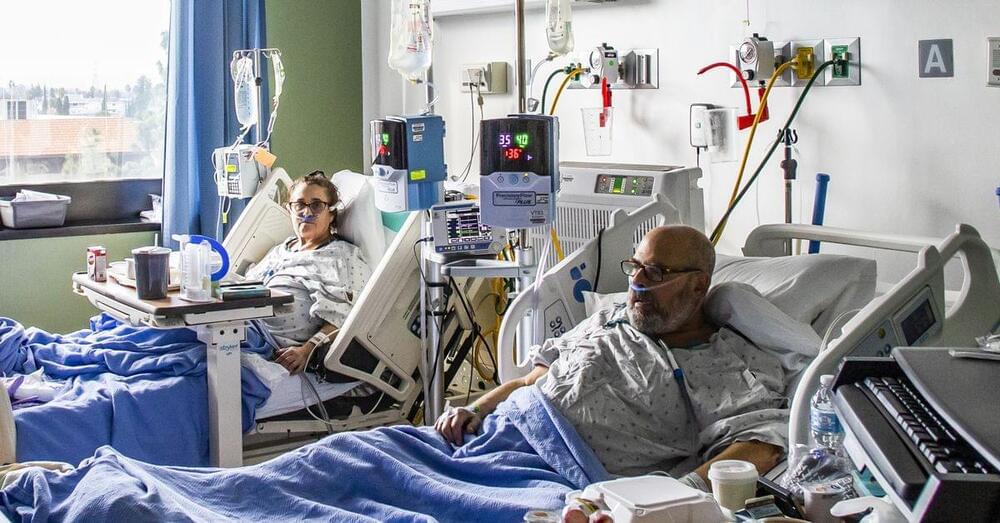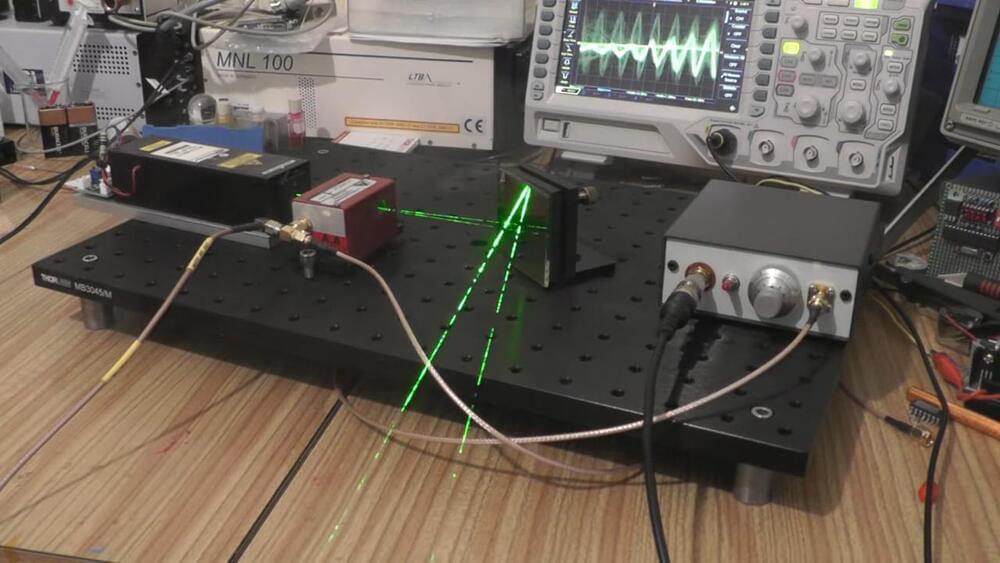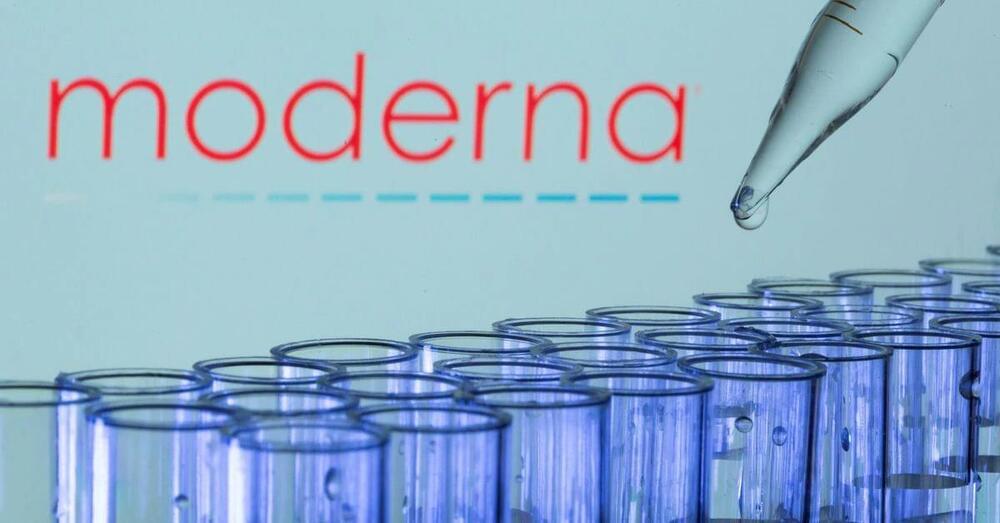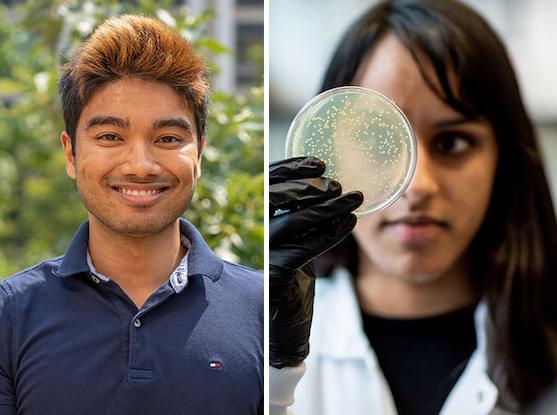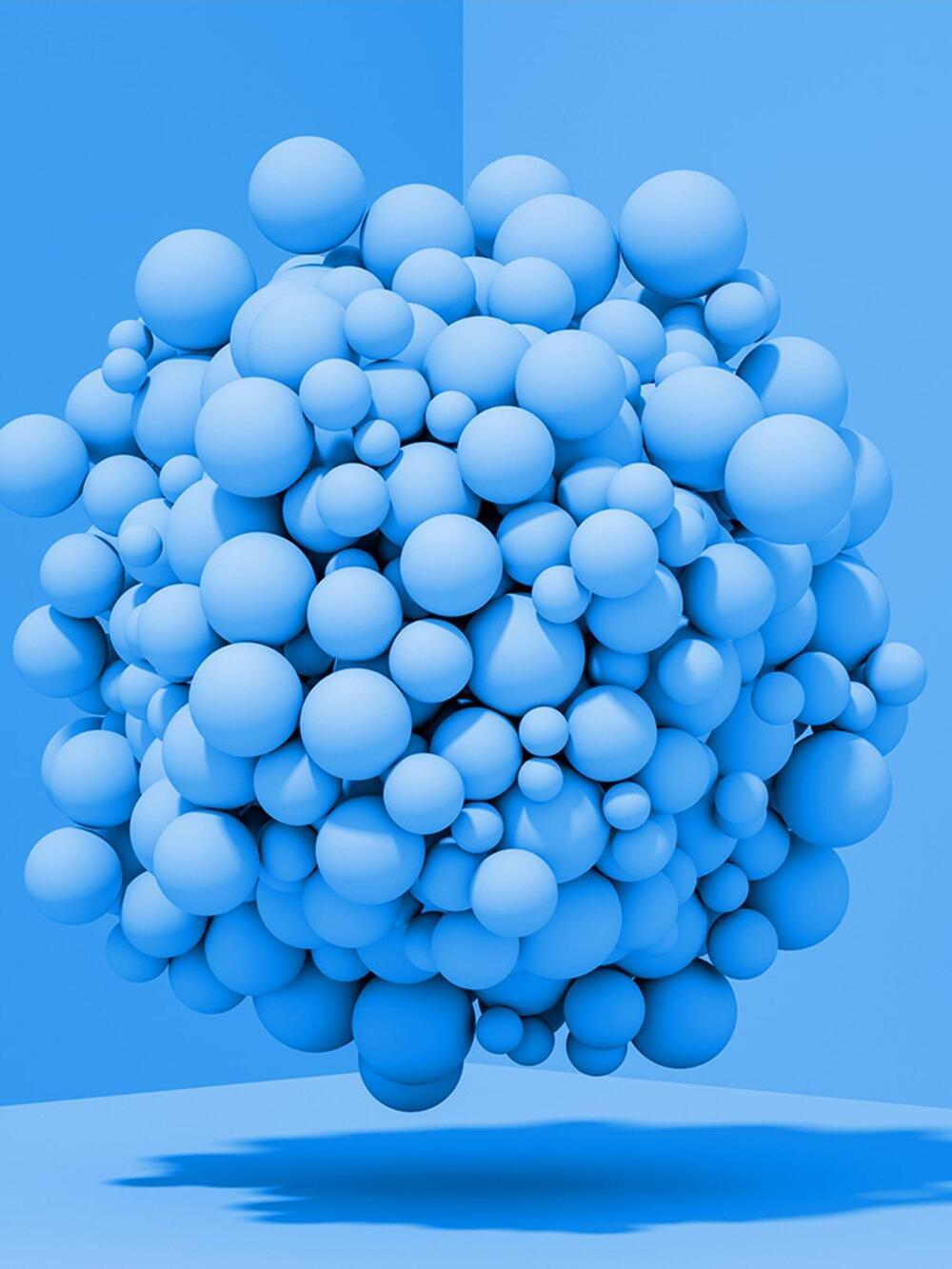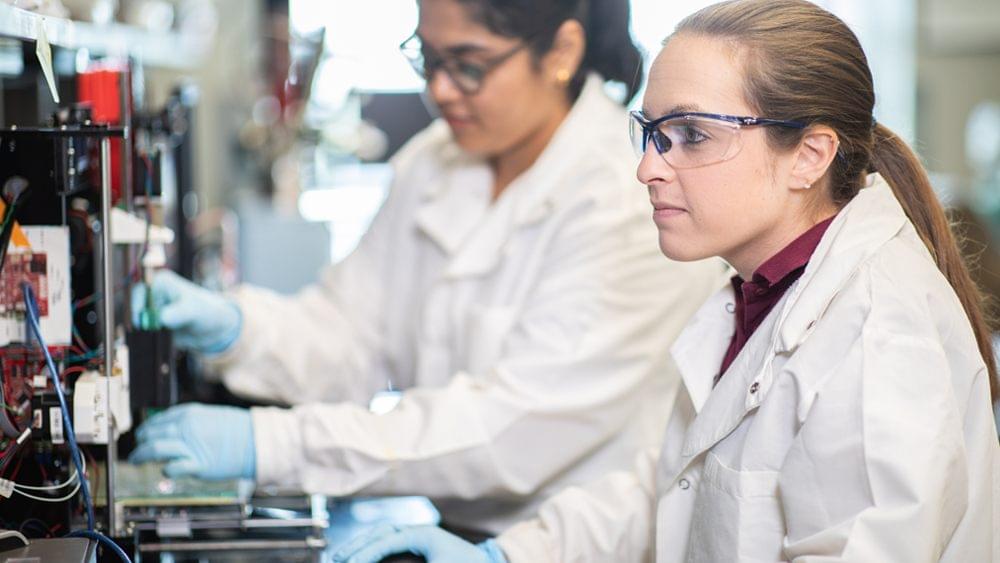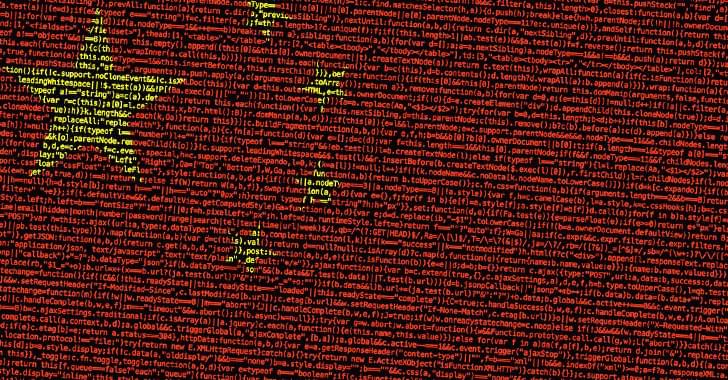Sep 12, 2021
We aren’t using all of our tools to treat Covid-19
Posted by Omuterema Akhahenda in categories: biotech/medical, government, health
More treatments are available for Covid-19 as hospitalizations spike, but some drugs are sitting on the shelves unused.
As record daily Covid-19 hospitalizations and deaths this month in the US have pushed the pandemic to new crisis levels, senior government health officials have lamented that many patients are not getting the drugs — including monoclonal antibodies, antivirals, and corticosteroids — available to treat the disease, leaving many doses unused.
“Even with a vaccine, we know we will not prevent every infection,” said US Surgeon General Jerome Adams on January 14 during a press conference. “So today we want to remind everyone that for those of you who do contract Covid, we have excellent treatments to keep you out of the hospital, to keep you out of the ICU, to help you recover quickly.”
